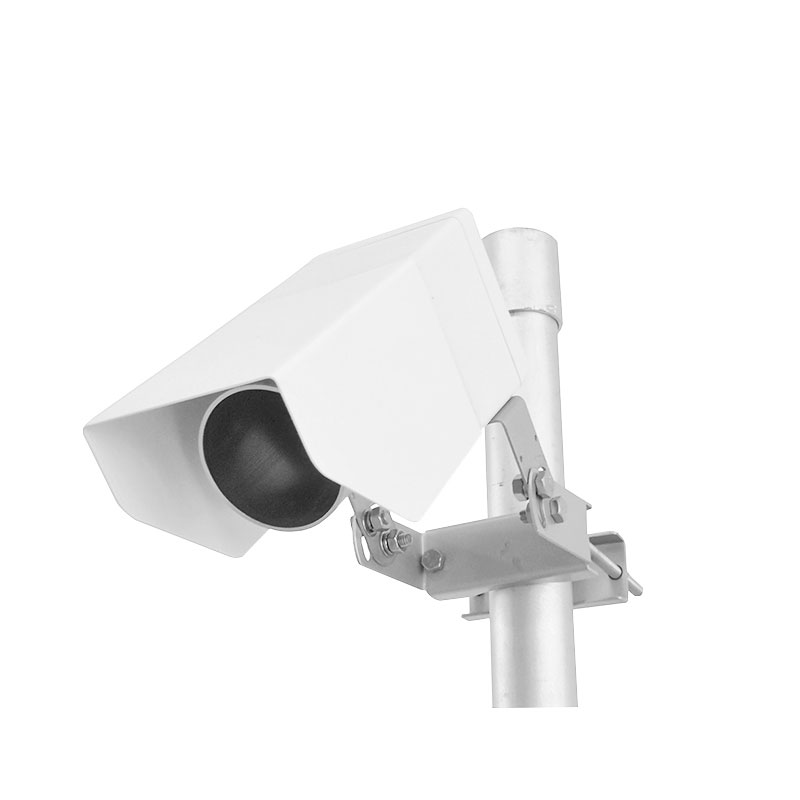Tianyi Sensor IOT Technology Co., Ltd
Sales Manager:Ms. Emily Wang
Cel,Whatsapp,Wechat:+86 15898932201
Email:info@fengtutec.com
Add:No. 155 Optoelectronic Industry Accelerator, Gaoxin District, Weifang, Shandong, China

Sales Manager:Ms. Emily Wang
Cel,Whatsapp,Wechat:+86 15898932201
Email:info@fengtutec.com
Add:No. 155 Optoelectronic Industry Accelerator, Gaoxin District, Weifang, Shandong, China

Model:FT-LM1
Brand:tianyi
1.Road condition sensor product introduction
road condition sensor is a non-contact device that uses infrared to measure the level of water accumulation, ice and humidity on the road surface.The LM1 series Road condition sensor uses remote sensing technology to avoid damage to the road, so as not to interfere with traffic caused by the installation of road weather stations.Multi-spectral measurement technology enables accurate detection of the presence status and thickness of icy, snow and water on the surface of the road, and can also monitor weather phenomena such as heavy fog, rain and snow that affect traffic safety in real time.
2.Road condition sensor function
Detect the road area, water, snow and icy state
Long-distance remote sensing to detect road surface and bridge deck conditions
Non-buried installation is fast and easy
Traffic and accident-prone areas
Areas with frequent rain and snow
Low maintenance cost
3.Main indicators of Road condition sensor
LM1 detection distance and detection area diameter 2-8 meters; 23cm
Installation angle of horizontal line 30-80 degrees
Power supply and power consumption DC12-24V; 0.6W
Operating temperature and humidity
Temperature: -40ºC to +60ºC;
Humidity: 0 to 95%
Water accumulation thickness 0-10mm
Ice cover thickness 0-2mm
Snow thickness 0-2mm
Wetness degree -0.01 (slippery) -0.82 (strong friction)
Pavement status report: dry, damp, wet, snow, ice, ice water mixed
Road weather phenomenon (optional)
Pavement temperature: -40ºC to +60ºC
Weather phenomena: rain; snow; heavy fog
Pavement materials: concrete, asphalt pavement
Communication: RS485, RS232
I. Product IntroductionOur company is a professional manufacturer of meteorological sensors. We have been focusing on the research and development, as well as the production of various meteorological sensors, and also provide meteorological environment solutions. The company has a complete productio...
In winter, there is frequent rain and snow, and road icing seriously affects the safety of pedestrians and vehicles. To address this issue, our company has launched the Road Ice Sensor. By adopting microwave electrical signal detection technology and equipped with a temperature compensation function...
Water level warning is an important means of preventing flood disasters and ensuring the rational utilization of water resources. When the water level of rivers and lakes exceeds the safety threshold, it may trigger floods, submerge farmland, destroy houses, and pose a threat to people's lives a...
What are the display methods of the Negative Oxygen Ion Monitoring System?Liquid Crystal Display (LCD) is a relatively common display method. Many negative oxygen ion detection devices are equipped with LCD screens, such as small environmental monitoring stations. It can clearly present the negative...